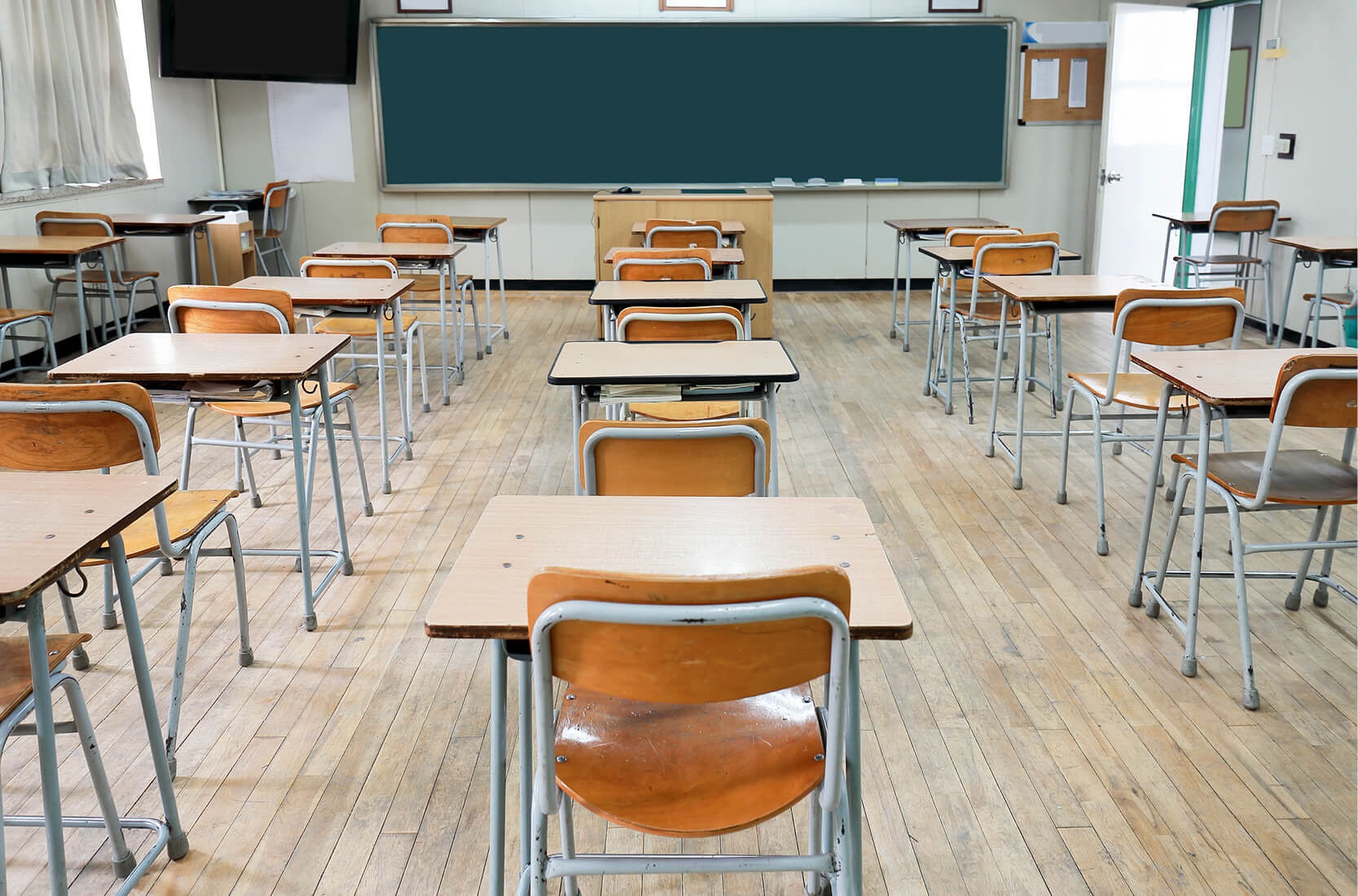Teachers on Strike
 Last year, teachers in eight states across the country staged large-scale walkouts. The first strike in 2019 came in mid-January, when teachers in Los Angeles, California – the second-largest school district in the country – added their voices to the chorus of demonstrating teachers. The walk-out in Los Angeles marks the first time in 30 years that teachers there have gone on strike.
Last year, teachers in eight states across the country staged large-scale walkouts. The first strike in 2019 came in mid-January, when teachers in Los Angeles, California – the second-largest school district in the country – added their voices to the chorus of demonstrating teachers. The walk-out in Los Angeles marks the first time in 30 years that teachers there have gone on strike.
In past years, teacher demands typically focused on better pay and benefits. What sets the current wave of protests apart is the added focus on how years of lean school budgets is affecting students. Teachers are pointing out the many ways in which budget cuts have impacted public school education: larger class sizes, reduced educational resources, fewer members of support staff such as counselors, librarians, and school nurses, and outdated facilities. In Oklahoma, for example, teaching materials are badly damaged and outdated, school heating systems have stopped working, and many districts have had to shorten their weeks to four days because they cannot fund a full week of school.
In some strikes, like the one in Los Angeles, teachers are also protesting the growth of charter schools. Approximately one student out of every five attends a charter school in the district, and Los Angeles currently has the largest number of charter schools in the nation. Union leaders and other critics argue that charter schools enroll smaller percentages of students with disabilities, students from low-income families, and English-language learners. They also contend that charters pull resources away from other public schools in the district, making the impact of funding cuts even worse.
Despite the inconvenience of school closures and the added expenses of missed work and extra child care, many Los Angeles parents express strong support for striking teachers. Some even chose to keep their children home on days when schools were open. According to a national poll conducted last year, two-thirds of parents polled said that they believe teachers are underpaid. Another study released last year indicates that the shortage of qualified public school teachers, particularly in the fields of mathematics, science, and special education, is leading some districts to relax their standards in order fill the gaps, which could adversely affect the quality of education for years to come.
Six Democratic members of the Senate are showing their support for teacher demands by offering additional funding for public education. The “Smaller Class Sizes for Students and Educators Act,” introduced on February 27, 2019, calls for $2 billion in federal funding to reduce class sizes nationally for kindergarten through third grade. Federal funding for public schools, however, generally accounts for less than ten percent of total school budgets. Therefore, real increases in funding must come from the states.
So far, support for the concerns of teachers has not translated into votes for additional education funding at the state level. Last year, voters in Colorado, Missouri, Utah, and Oklahoma rejected measures that would have raised public school funding. With negotiations continuing in many districts across the country, strikes will likely be a tool to continue raising awareness. Teachers are no longer willing to stay silent about the decline they see in the quality of public school education.
****
This article originally appeared in the April 6, 2019 issue of Wide Angle, our regular newsletter designed, we hope, to inform rather than inflame. Each edition brings you original articles by Common Ground Solutions, a quiz, and a round-up of news items — from across the political spectrum — that we think are worth reading. We make a special effort to cover good work being done to bridge political divides, and to offer constructive information on ways our readers can engage in the political process and make a difference on issues that matter to them.
Sign up below to receive future issues.
